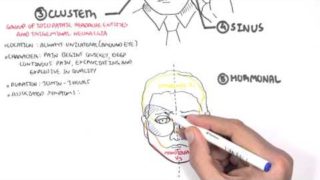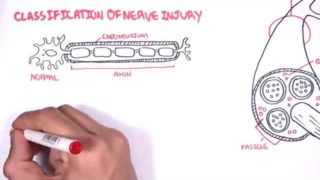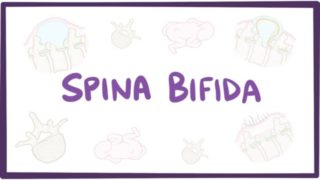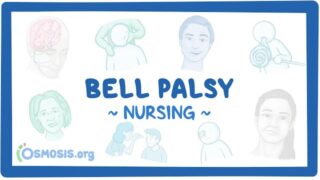What is a stroke?
Visit us (http://www.khanacademy.org/science/healthcare-and-medicine) for health and medicine content or (http://www.khanacademy.org/test-prep/mcat) for MCAT related content. These videos do not provide medical advice and are for informational purposes only. The videos are not intended to be a substitute for professional medical advice, diagnosis or treatment. Always seek the advice of a qualified health provider with any questions you may have regarding a medical condition. Never disregard professional medical advice or delay in seeking it because of something you have read or seen in any Khan Academy video. Created by Vishal Punwani.
Watch the next lesson: https://www.khanacademy.org/test-prep/nclex-rn/rn-cardiovascular-diseases/rn-stroke/v/risk-factors-for-stroke?utm_source=YT&utm_medium=Desc&utm_campaign=Nclex-rn
Missed the previous lesson? https://www.khanacademy.org/test-prep/nclex-rn/rn-cardiovascular-diseases/rn-stroke/v/cerebral-blood-supply-part-2?utm_source=YT&utm_medium=Desc&utm_campaign=Nclex-rn
NCLEX-RN on Khan Academy: A collection of questions from content covered on the NCLEX-RN. These questions are available under a Creative Commons Attribution-NonCommercial-ShareAlike 3.0 United States License (available at http://creativecommons.org/licenses/by-nc-sa/3.0/us/).
About Khan Academy: Khan Academy offers practice exercises, instructional videos, and a personalized learning dashboard that empower learners to study at their own pace in and outside of the classroom. We tackle math, science, computer programming, history, art history, economics, and more. Our math missions guide learners from kindergarten to calculus using state-of-the-art, adaptive technology that identifies strengths and learning gaps. We've also partnered with institutions like NASA, The Museum of Modern Art, The California Academy of Sciences, and MIT to offer specialized content.
For free. For everyone. Forever. #YouCanLearnAnything
Subscribe to Khan Academy’s NCLEX-RN channel: https://www.youtube.com/channel/UCDx5cTeADCvKWgF9x_Qjz3g?sub_confirmation=1
Subscribe to Khan Academy: https://www.youtube.com/subscription_center?add_user=khanacademy
What is a stroke?
Other Videos You Might Like:
Subscribe
Login
31 Comments
Newest




